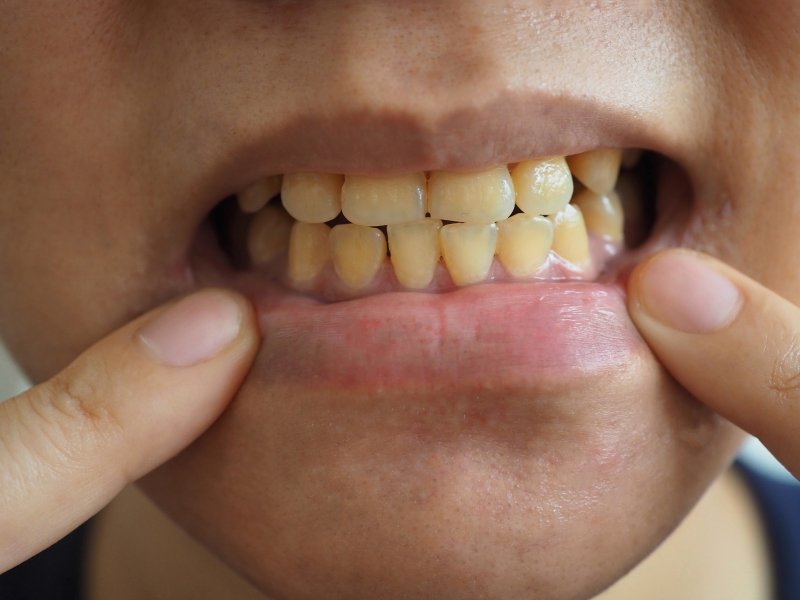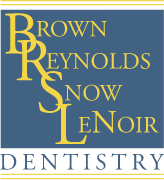
As you might know, stained teeth often stem from a person’s lifestyle. What you eat, how (and whether) you clean your smile, and similar factors affect whether your enamel looks white or not. That said, your discolored smile may not be your fault; specific genes also cause tooth stains. Your local Richmond dentist can even help you find out for sure. So, here’s a primer on hereditary tooth stains and how cosmetic dentistry treats them.
Yes, Genes Can Cause Tooth Stains
When you imagine “genetic” traits, you may think of your hair color, height, or bone structure. Still, those bodily features aren’t the only things genes affect; your tooth stains could also stem from your biology.
In fact, some genetic disorders directly cause stained teeth. One such example would be dentinogenesis imperfecta – a condition that leads to grayish enamel. Similarly, amelogenesis imperfecta results in yellow and soft teeth.
Even without a disorder, genes could affect your smile’s shade. Many people have thicker and whiter teeth that run in their families. On the other hand, some get transparent enamel that reveals their dentin from their parents. These effects don’t amount to disorders, but they nonetheless have roots in biology.
How Cosmetic Dentistry Treats Gene-Related Stains
If there’s any good news, cosmetic dentistry can treat gene-related tooth stains. Dental procedures known to remove them include:
Teeth Whitening
While store-bought whiteners don’t often work on genetic tooth stains, pro-whitening is different. The latter has the power to solve your discolored smile.
Indeed, professional teeth whitening can remove stains that stem from genes. Its bleaching gel would erase the dark coloring from your enamel, leaving your grin several shades brighter. You could even maintain those results for several years with proper care.
Porcelain Veneers
When gene-related tooth stains are stubborn, teeth whitening may not be an option. A cosmetic dentist could suggest that you get porcelain veneers instead.
Remember, veneers are thin shells placed on the fronts of teeth. A dentist could easily set them on your smile to cover up gene-related stains. Even better, the shells’ porcelain material would ensure your results look white, bright, and natural!
Genes can cause tooth stains, but that doesn’t mean your discolored grin is set in tone. Just consult your dental provider – they’ll work with you to make your smile white!
About the Practice
Brown, Reynolds, Snow, LeNoir Dentistry is based in both Richmond and Patterson, VA. Led by its namesakes, our practice offers comprehensive dental care for the whole family. Patients of all ages can trust us to provide preventive, cosmetic, and even restorative treatments for their smiles. As a result, anyone who visits us is sure to get thriving teeth and gums! For more details or to book a visit, please contact us on our website or by phone at either (804)-288-5324 or (804)-754-4161.


